Child-resistant packaging is vital to keeping children safe from potentially harmful products. Whether it's medication, cleaning supplies, or other potentially dangerous substances, child-resistant packaging is designed to make it difficult for children to open the package and access its contents. But how can you tell if a package is actually child-resistant?
Key: Look For "Certified for Child Resistance" Symbol
One of the simplest ways to identify child-resistant mylar packaging is to look for the "Certified for child resistance" symbol on the packaging. This symbol is typically a small image of a child-resistant lock, accompanied by text stating that the packaging meets child-resistant standards. This certification is provided by organizations that specialize in testing packaging for child-resistant capabilities, ensuring that products with this symbol have been thoroughly tested and approved.
Key: Look for Specific Design Features
Another way to determine if a package is child-resistant is to look for specific design features. Child-resistant packaging often includes mechanisms that make it difficult for small children to open, such as push-and-turn caps, squeeze-and-slide containers, or blister packs that require significant force to open. Some child-resistant packages also require the use of a tool or device to access the contents, further adding to the level of security.
Key: Meet Standard
Additionally, you can test child-resistant features of a package yourself to see if it meets the standard. This can be done by following the specific instructions provided on the packaging, such as pushing, twisting, or sliding the lid in a certain way to access the contents. If the package is truly child-resistant, it should be difficult for an adult to open without following the provided instructions, let alone a young child.
It's important to note that while child-resistant packaging can make it more challenging for children to access its contents, it is not foolproof. No packaging can guarantee complete safety, and parental supervision and proper storage of potentially harmful products are equally important in preventing accidental exposure. However, child-resistant packaging adds an extra layer of protection and can reduce the risk of unintentional ingestion or exposure to dangerous substances.
When handling products with child-resistant packaging, it's crucial to follow the specific instructions for opening and closing the package to ensure its continued effectiveness. This includes storing the product in its original packaging and properly resealing the container after each use. It's also important to keep child-resistant packaging out of reach of children and in a secure location to further minimize the risk of accidental exposure.
In conclusion, child-resistant packaging is an essential safety measure for protecting children from potentially harmful products. By looking for the "Certified for child resistance" symbol, examining the design features, and testing the package yourself, you can easily determine if a package is child-resistant. However, it's important to remember that child-resistant packaging is just one part of a comprehensive child safety plan and should be combined with proper storage and parental supervision to effectively prevent accidental exposure.
Post time: Jan-10-2024

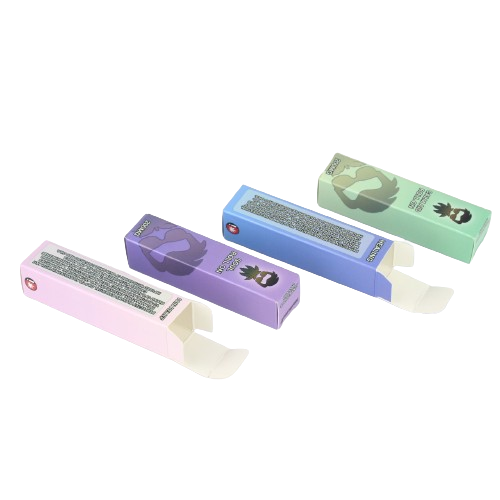
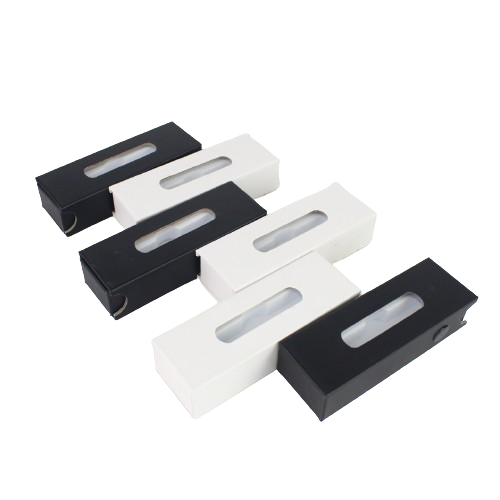
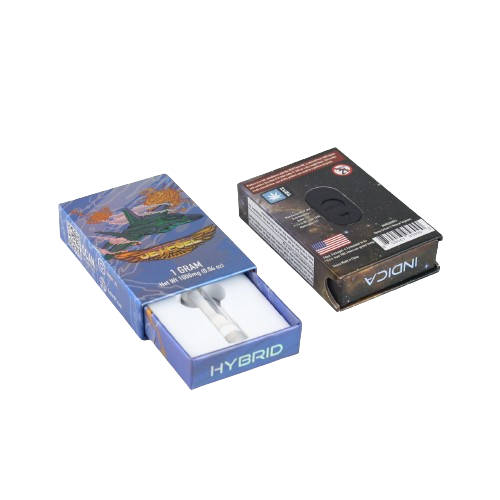
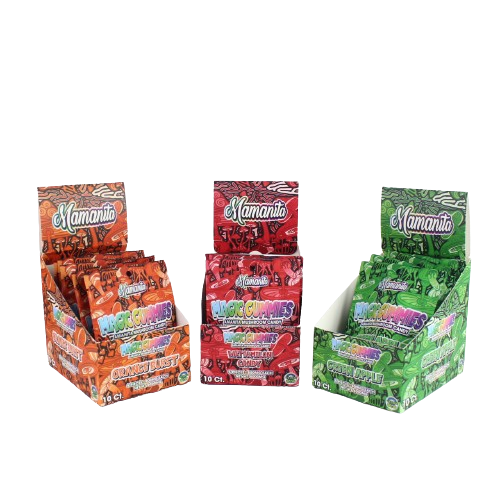
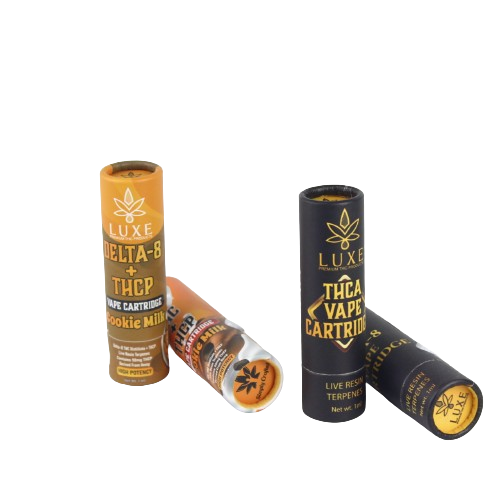
![VGP1]RN$18GS7(TZMJ`_(`G](https://www.toppackcn.com/uploads/VGP1RN18GS7TZMJ_G.png)



